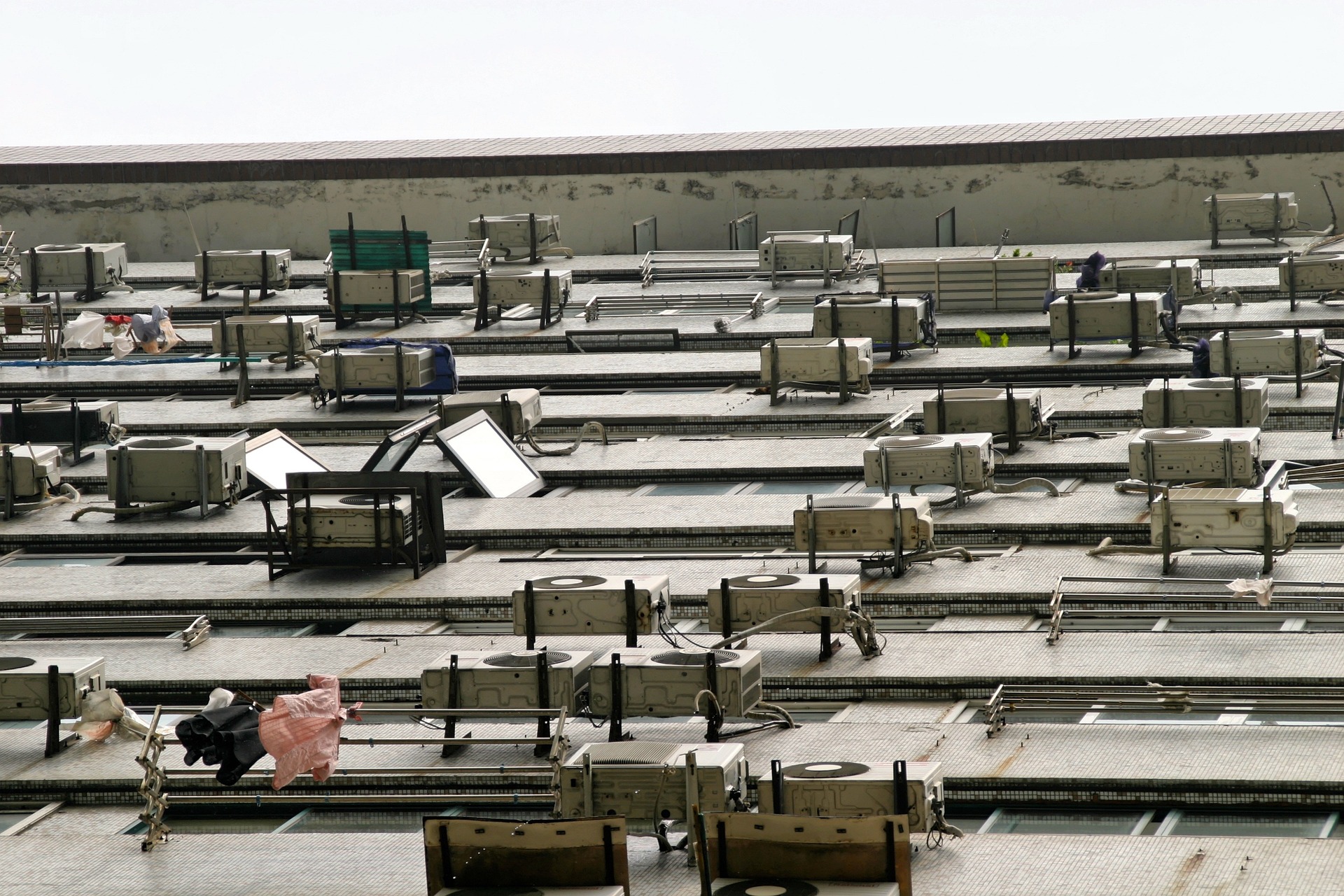Table of Contents
ToggleIntroduction
Air conditioners are one of the most widely used appliances in homes, offices, and other indoor spaces around the world. They have made our lives comfortable by regulating temperature, humidity, and air quality. However, they also have an impact on the environment and contribute to climate change. In this article, we will explore the impact of air conditioners on the environment and their sustainability. We will also discuss some tips to reduce their environmental impact.
The impact of air conditioners on the environment
Air conditioners have a significant impact on the environment. They use a large amount of electricity, which is mostly generated from fossil fuels. The burning of fossil fuels releases carbon dioxide and other greenhouse gases into the atmosphere, which contribute to climate change. The use of air conditioners also contributes to the urban heat island effect, which is the increase in temperature in urban areas due to human activity. This can have negative impacts on human health and the environment.
The sustainability of air conditioners
The sustainability of air conditioners depends on their energy efficiency and the refrigerant they use. Energy-efficient air conditioners consume less electricity and therefore have a lower environmental impact. They also save money on electricity bills. The refrigerant used in air conditioners can also have an impact on the environment. Some refrigerants, such as chlorofluorocarbons (CFCs), are harmful to the ozone layer and contribute to climate change. Newer refrigerants, such as hydrofluorocarbons (HFCs), have a lower impact on the environment but still contribute to climate change.
Tips to reduce the environmental impact of air conditioners
There are several ways to reduce the environmental impact of air conditioners. One way is to use energy-efficient air conditioners. Energy-efficient air conditioners are labeled with the Energy Star rating, which means they meet certain energy efficiency standards set by the U.S. Environmental Protection Agency (EPA). Another way is to use a programmable thermostat, which can automatically adjust the temperature according to the time of day and your schedule. This can save energy and reduce your electricity bills.
Alternative cooling methods
There are also alternative cooling methods that can reduce the environmental impact of air conditioners. One such method is natural ventilation, which involves using natural ventilation to cool indoor spaces. This can be achieved by opening windows and doors, using fans, or installing vents. Another method is evaporative cooling, which uses water to cool the air. This method is commonly used in arid regions where humidity is low.
Conclusion
Air conditioners have become an essential part of our lives, but they also have a significant impact on the environment. The sustainability of air conditioners depends on their energy efficiency and the refrigerant they use. To reduce their environmental impact, we can use energy-efficient air conditioners, programmable thermostats, and alternative cooling methods such as natural ventilation and evaporative cooling. By taking these steps, we can reduce our energy consumption, save money on electricity bills, and help protect the environment.








1 thought on “The Impact of Air Conditioners on the Environment: Tips for Sustainable Cooling”
Pingback: The Environmental Impact of Daylight Saving Time